6 books that spotlight all of Cincinnati, from chili to local slang
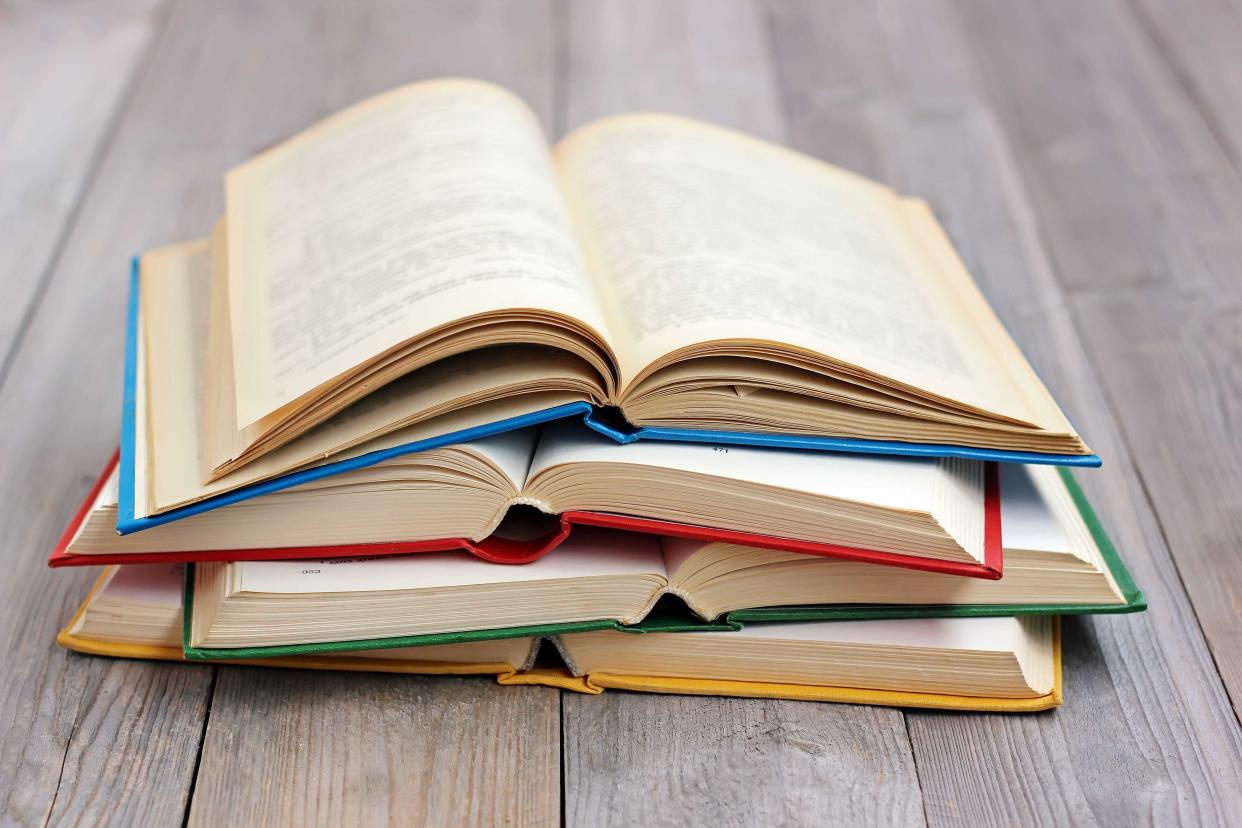
“Bookworm” in French is “rat de bibliothèque” (literally “library rat”). In Danish, “læsehest” (“reading horse”). In Finnish, it’s “lukutoukka” (“reading caterpillar” or “chapter maggot”).
Whatever the term used for them, booklovers love to find new page-turners. Which is why the Books by the Banks regional festival on Saturday, Nov. 18, is a great event for bibliophiles.
Local and national authors will be on hand at the Duke Energy Convention Center, 10 a.m. to 4 p.m., to discuss and sign their books. (I will be there as well. Stop by and say hello.)
There is always good representation of local history books, memoirs and guidebooks. Here are three local history authors appearing at Books by the Banks.
Fan of weird Cincinnati history? Check out these page-turners
‘It Was Always About the Work: A Photojournalist’s Memoir’ by Melvin Grier
Award-winning photographer Melvin Grier spent 33 years covering the city for the Cincinnati Post. His memoir (and recent exhibit at the Weston Art Gallery) showcases nearly 100 black-and-white and color photographs, revealing a different perspective through his lens.
Hired in 1974, Grier was the Post’s first and only Black photographer, until the newspaper hired his daughter, Samantha, the year before the Post closed in 2007. Since then, Grier has focused on independent work, still with a skilled eye for capturing more than an image, but a story.
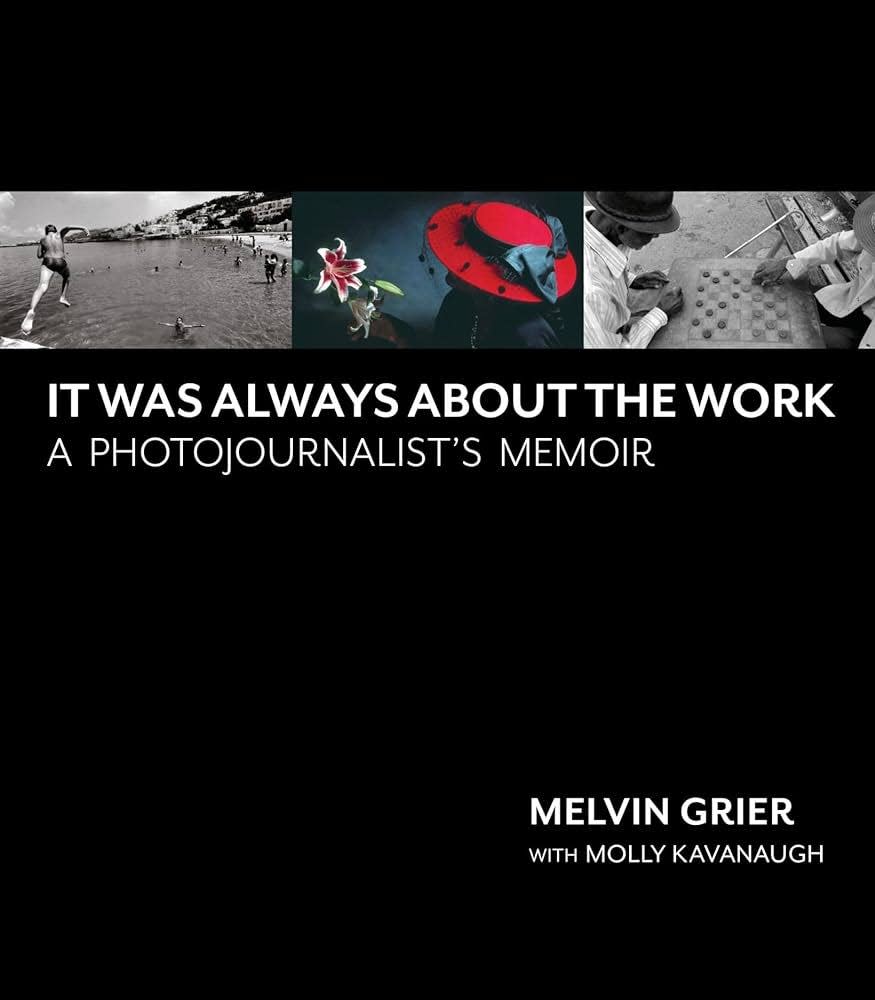
“There’s always something unusual or ironic about his photographs,” said Elizabeth Scarpelli, director of University of Cincinnati Press, the book’s publisher, in a recent Cincinnati Magazine feature. “He takes really simple things and captures that unbelievable view.”
The memoir written with Molly Kavanaugh reads more like a conversation, as Grier discusses growing up in Cincinnati and often being the only Black journalist covering news events. Powerful work by one of the city’s best photographic artists.
‘A History Lover’s Guide to Cincinnati’ by Robert Schrage
Robert Schrage’s guidebook to Cincinnati’s historic locations covers the usual landmarks, including Union Terminal and the Roebling Suspension Bridge, but it’s most interesting when he delves into the remnants and markers, such as the stone column at 1 West Vine St.
Once part of an 1840s building at the corner of Water and Vine streets, it was discovered when the city created the Great Lawn in Smale Riverfront Park. Those are the sort of great finds the book offers even for those of us who think we know our Cincinnati history.
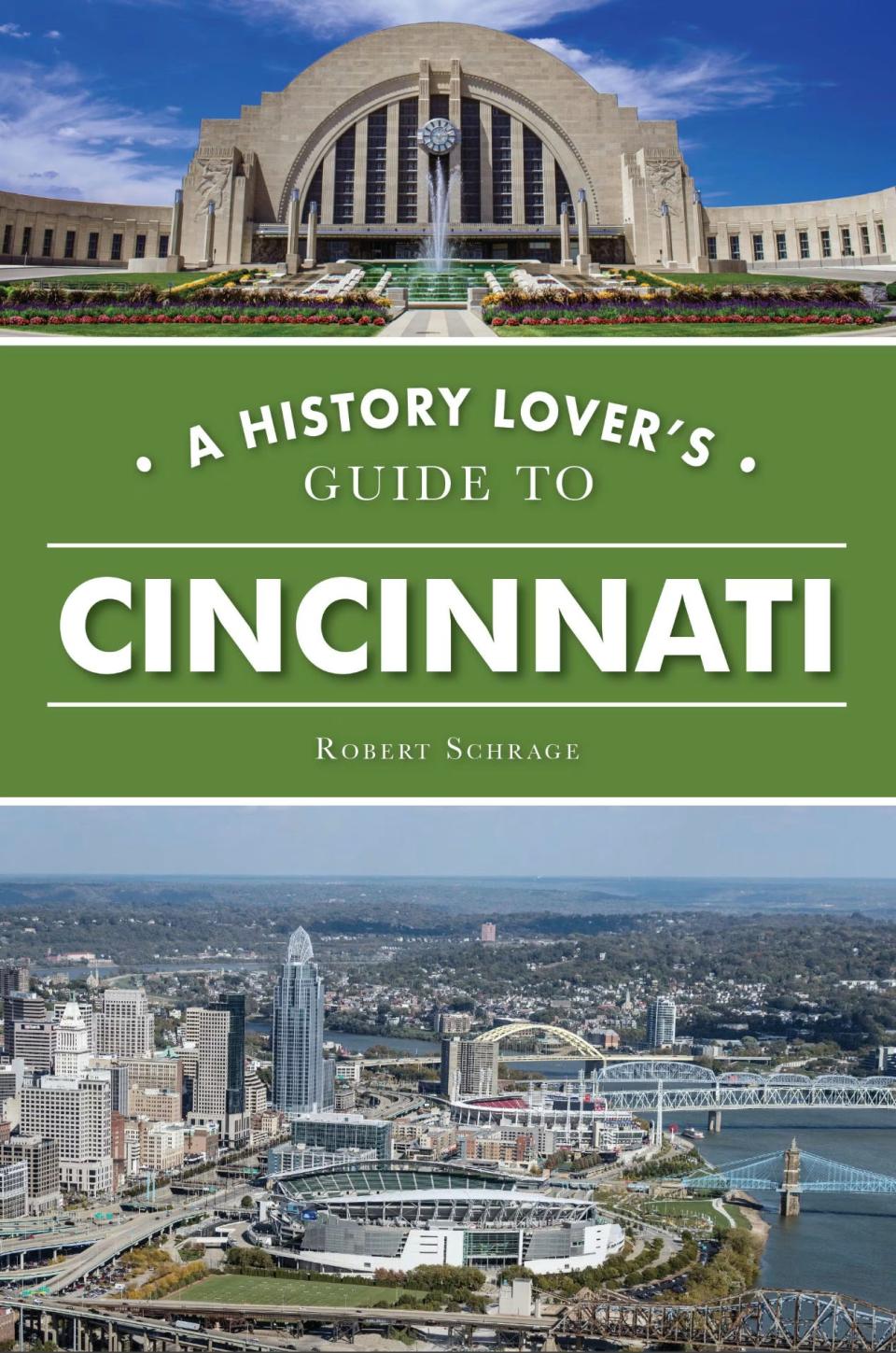
Schrage devotes chapters to the city’s neighborhoods, Over-the-Rhine by itself, the riverfront, sports, museums, presidential visits and the buildings that Cincinnati architect Samuel Hannaford designed, including Music Hall, City Hall and the waterworks towers in Eden Park.
He peppers in historic facts that enrich our understanding of the city. An excellent resource for shoring up your knowledge to impress visiting friends and family.
‘What’s With Cincinnati?’ by Micha O’Connor
The book’s subtitle sums it up: “The Quirks, Personality and Charm of the Queen City.” Writing in a snappy magazine style, Micha O’Connor takes a stab at explaining what makes Cincinnati tick, from our favorite foods and local icons to the way we talk. A section on slang discusses our peculiar use of “Please?” to mean “Excuse me,” noting its possible German origin, and why we call drive-thru convenience stores “pony kegs.”
It’s a terrific guide for quickly understanding Cincinnati, for those new to the area (who want to pronounce Reading correctly or understand cornhole) or those just visiting.
But it’s not just light fare. O’Connor explains the Underground Railroad, the 2001 racial unrest and Harambe.
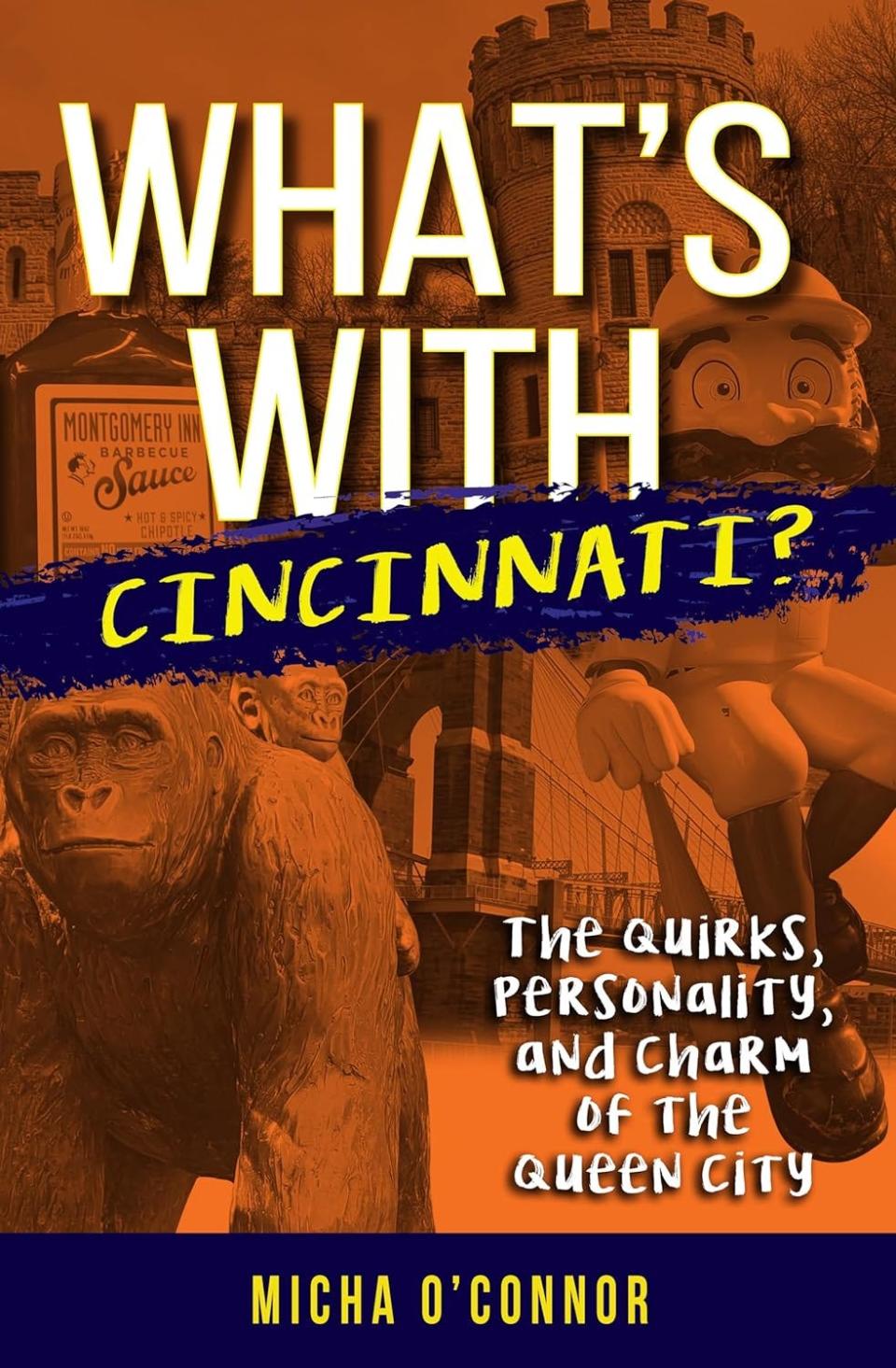
Want more Cincinnati history? These authors below may not be at Books by the Banks, but still have work worth adding to your reading shelf.
‘Made in Ohio: A History of Buckeye Invention & Ingenuity’ by Conrade C. Hinds
Conrade C. Hinds shines a light on the state’s heritage of invention and manufacturing. “What Ohio does best,” he says in the introduction. His aim was not only to celebrate the accomplishments but also to encourage more innovation to address the challenges today and in the future in this global society.
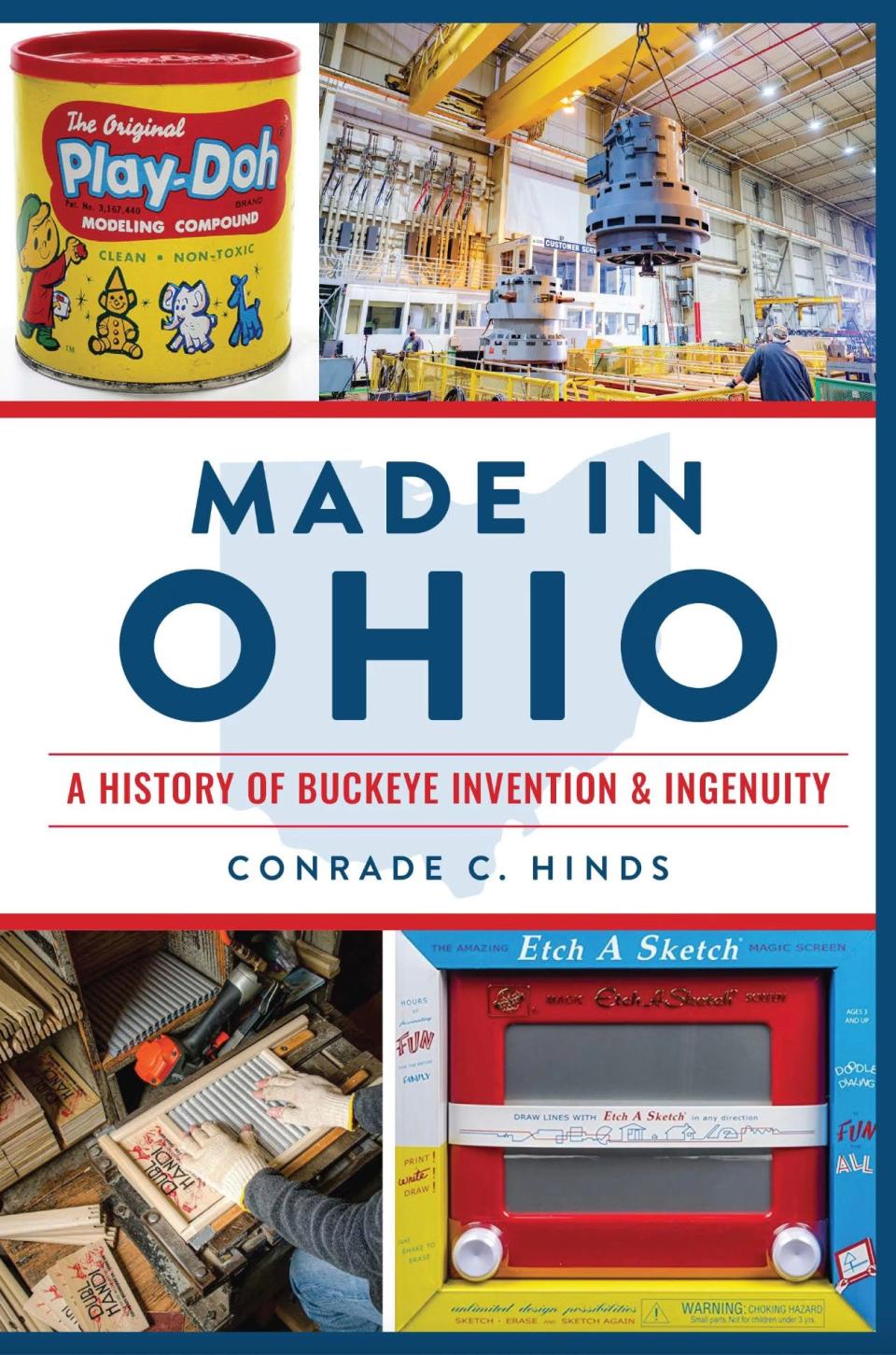
And Ohio has produced quite a bit. Thomas Edison and the Wright Brothers were Buckeyes, and so were problem solvers like Granville T. Woods of Cincinnati, sometimes called “the Black Edison” for his inventions.
Standard Oil, Goodyear Tires, Smucker’s Jelly and Etch A Sketch all came from Ohio. The Cincinnati area gets nods for Procter & Gamble, Kroger, Cincinnati Milling Machine, GE Aviation, early fire engines, ARMCO, Kenner toys and Play-Doh. Not just invented in Ohio, but made in Ohio. All of that manufacturing created jobs and was integral to American prosperity in the 20th century.
‘Cincinnati & Soup: Modern Times’ by Cheri Brinkman

Cheri Brinkman hit on a novel idea of celebrating Cincinnati’s culture and families through regional recipes. Her first book, “Cincinnati & Soup” in 2010, has been a popular memento over the years. It featured recipes for local staples, such as Cincinnati chili, mock turtle soup and goetta, plus favorites from Cincinnati’s past, including the French salad dressing served at Pogue’s Camargo Room and recipes Ruth Lyons shared on the air that were copied down.
In “Modern Times,” the fifth installment of the series, Brinkman makes it contemporary rather than focusing on nostalgia. Plus, recipes from current Cincinnati notables: the Cincinnati Symphony Orchestra’s John Morris Russell and newscasters Sheila Gray, Michelle Hopkins and Stefano DiPietrantonio.
‘The Cincinnati Neighborhood Guidebook’
Nick Swartsell edited this slim volume of essays on many of Cincinnati’s neighborhoods, written by people who passionately share about their neck of the woods. This isn’t a typical guidebook with best restaurants and hot spots, though – it’s more like conversations with locals about the character of the places where they live.
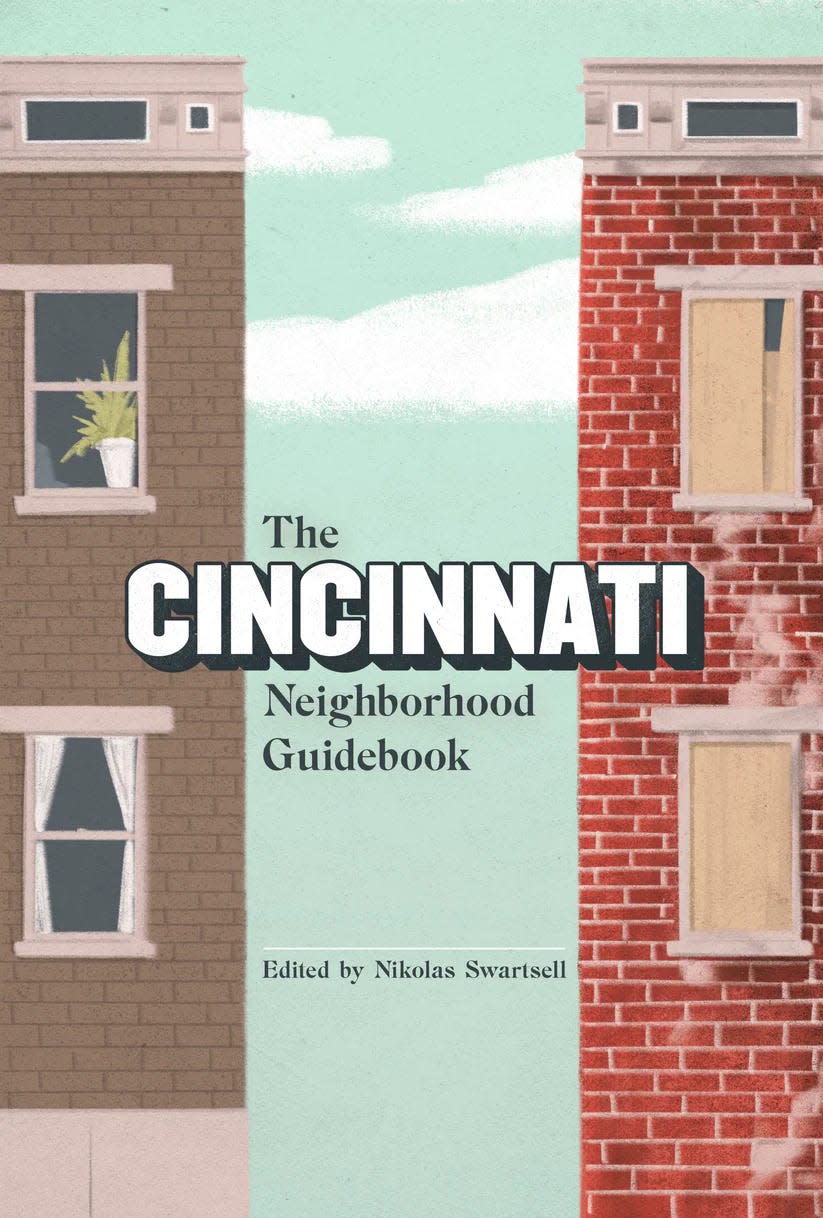
“The happy job of this book is not to sum up but to complicate your understanding of Cincinnati,” Swartsell wrote in the introduction.
Includes essays by Swartsell, Kathy Y. Wilson, Greg Hand, Pauletta Hansel, Gail Finke, Ronny Salerno and more. The individual perspectives make this book an important entry in the chronicles of the Queen City.
Further reading: How Lafcadio Hearn, a literary 'icon' in Japan, got his start in Cincinnati
This article originally appeared on Cincinnati Enquirer: These 6 books spotlight Cincinnati, from its chili to local slang

